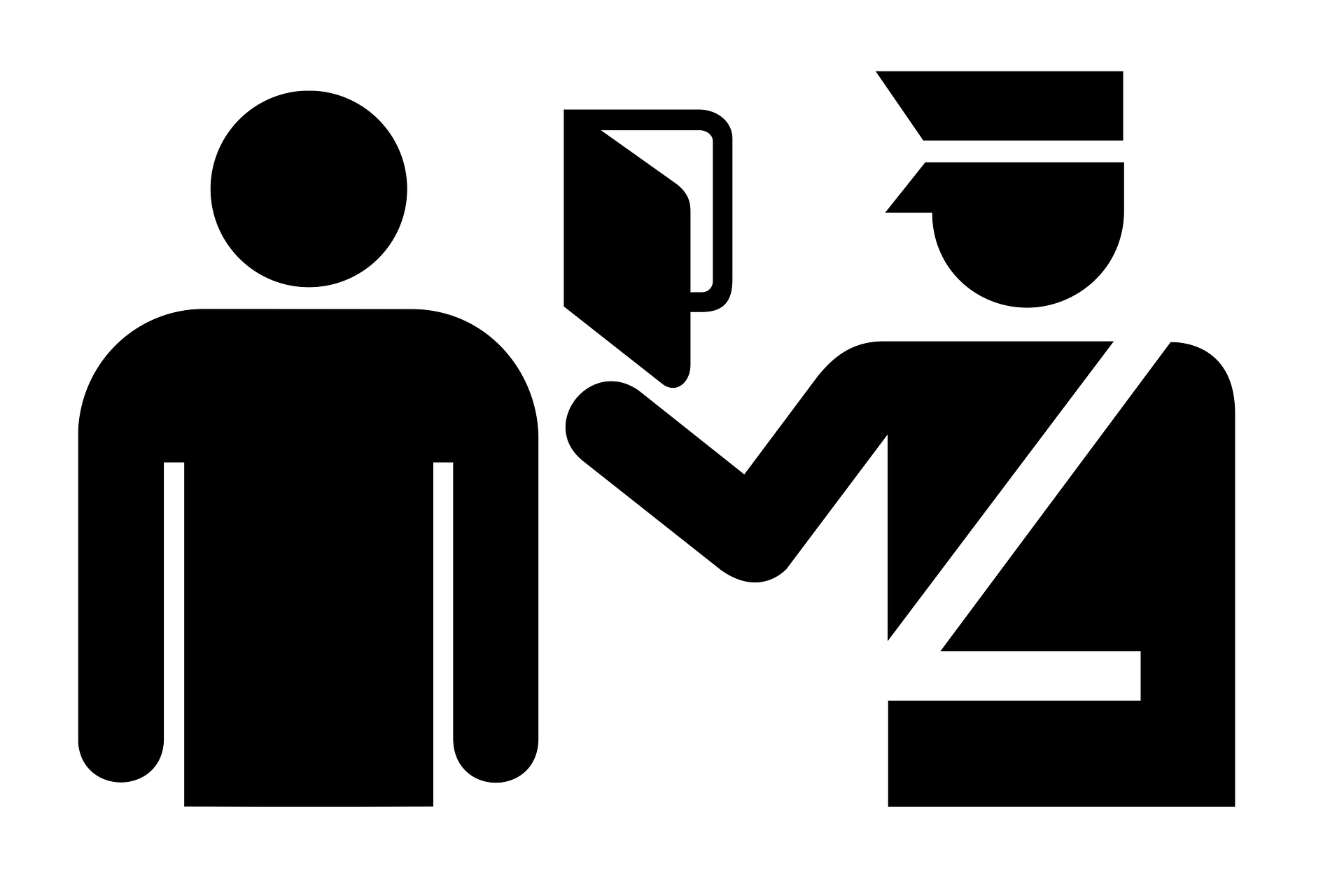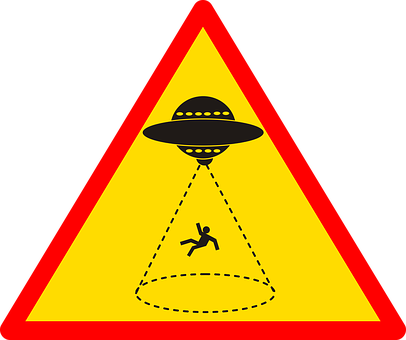Greetings, 8 Billionth Earthling!
- By Deirdre Pelphrey --
- 30 Nov 2022 --
Somewhere, sometime on the 15th of November 2022, someone was born whose entrance on the scene pushed mankind over the threshold of 8 billion souls occupying an area slightly less than 200 million square miles—over 70% of that space being open sea—leaving about 60 million square miles, give or take, of potentially occupiable land for that newborn plus the 7,999,999,999 rest of us.
It doesn’t seem like much.
Indeed, when on Valentine’s Day 1990 the Voyager 1 spacecraft, 4 billion miles from Earth and about to hit the outer reaches of our planetary system, turned back for a final look at our planet and snapped a picture from that distance—which, after all, is barely a child’s shuffle in the incomprehensible vastness of our universe—our home planet in the resulting photo is slightly larger than the period at the end of this sentence, a pale blue dot lost in a sea of black.
Not much elbow room, especially when the planetary populace is expected to easily hit TEN billion within the lifetime of our newborn. As astronomer and teacher, Carl Sagan expressed it upon seeing the pale blue dot in the photo:
That’s here. That’s home. That’s us. On it everyone you love, everyone you know, everyone you ever heard of, every human being who ever was, lived out their lives. The aggregate of our joy and suffering, thousands of confident religions, ideologies, and economic doctrines, every hunter and forager, every hero and coward, every creator and destroyer of civilization, every king and peasant, every young couple in love, every mother and father, hopeful child, inventor and explorer, every teacher of morals, every corrupt politician, every “superstar,” every “supreme leader,” every saint and sinner in the history of our species lived there—on a mote of dust suspended in a sunbeam.
The Earth is a very small stage in a vast cosmic arena. Think of the endless cruelties visited by the inhabitants of one corner of this pixel on the scarcely distinguishable inhabitants of some other corner, how frequent their misunderstandings, how eager they are to kill one another, how fervent their hatreds.
Our posturings, our imagined self-importance, the delusion that we have some privileged position in the Universe, are challenged by this point of pale light. Our planet is a lonely speck in the great enveloping cosmic dark.
Dr. Sagan went on to express the hope that this perspective of our planet might give us pause in our arrogance and intolerance and drive home the pressing need to be kinder to one another and cherish and tend this “pale blue dot” with a bit more care.
There were only 5 billion of us posing for the Voyager 1’s photo in 1990. In the ensuing generation-and-a-half, we haven’t quite learned the lesson yet.
And yet the United Nations has found cause to celebrate Little 8 Billion’s birth, commemorating the date with a new holiday, “Day of 8 Billion,” and UN Secretary-General António Guterres declared, “The milestone is an occasion to celebrate diversity and advancements while considering humanity’s shared responsibility for the planet.”
The pessimism of Thomas Malthus in 1798, who warned that an increasing population would lead to worldwide starvation, and of The Population Bomb published in 1968, which forecasted our species would be wiped out in the 1970s, now seems unduly bleak and unwarranted. The population has increased tenfold since Malthus’ time and more than doubled since The Population Bomb was published, and yet with all our warts, living standards for human beings have overall—albeit unevenly—much improved since those days.
Advances in technology and science prolong life and have made living conditions potentially more sustainable for life in the future, while agencies like the United Nations and countless other well-intentioned organizations and loving individuals like you and I continue to foster Carl Sagan’s hope of tolerance and cooperation instead of bloodshed.
So welcome, Baby 8 Billion! Have a great life and don’t forget to lend a hand. We all need it.




















